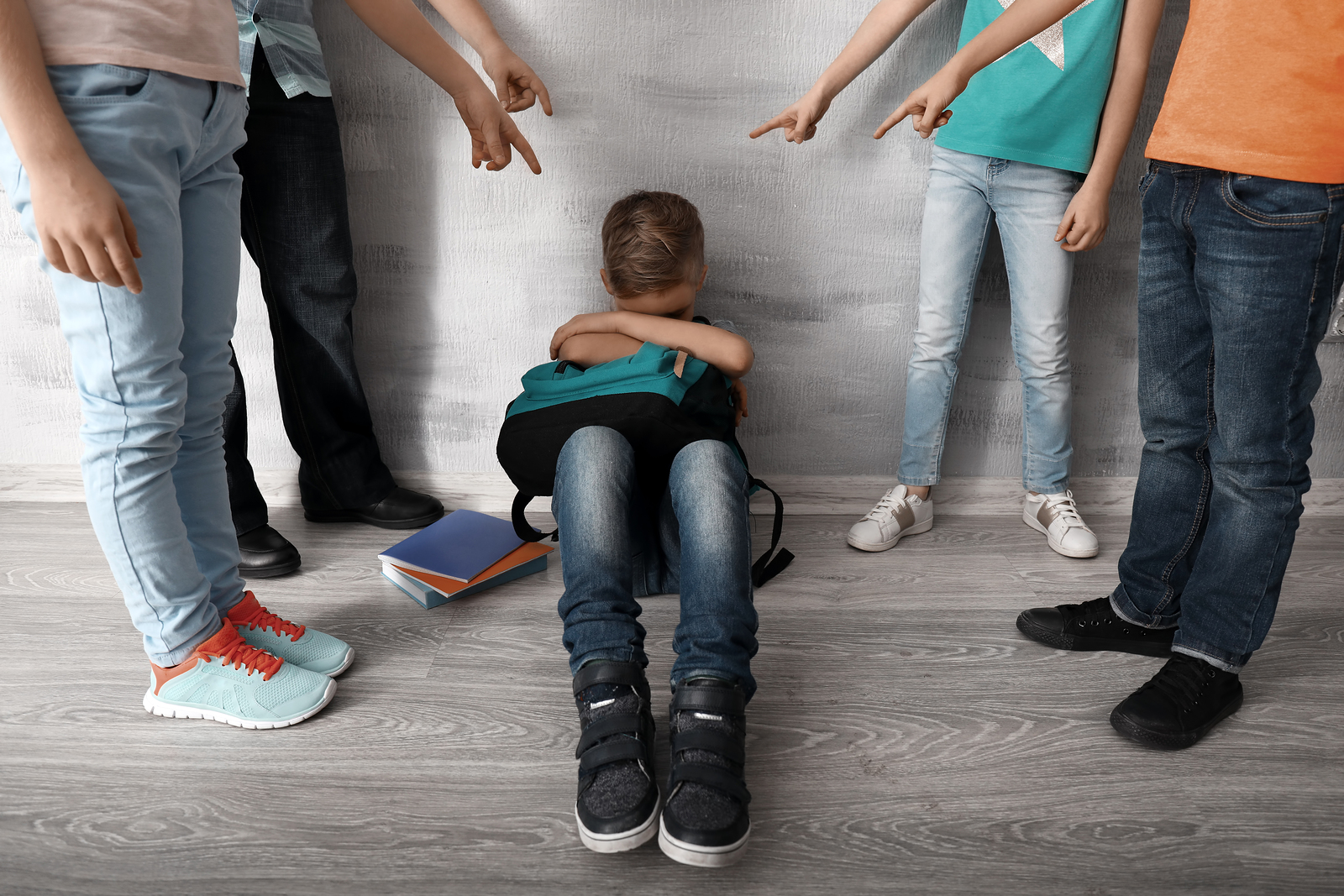
School Liability Expert: Is It Bullying or Conflict?

However, not every action committed at school rises to the level of school bullying. Students engaging in physical or verbal disagreements may be in “conflict”. Conflict generally does not involve an imbalance of power or repetitive behavior. Determining whether claims of “bullying” are actually school bullying or conflict is important for both school administrators and parents to understand.
All 50 states, the District of Columbia, Puerto Rico and other territories, and Canada have enacted anti-bullying laws that affect schools. Most states also have a separate provision for cyberbullying or online harassment. Some, like the HIB law in New Jersey, are comprehensive, while others, like that in Montana, simply state that bullying is not allowed. School officials are often left with little or misleading information on exactly how to implement the regulations of the law and what exactly constitutes school bullying. In addition, some actions, such as students fighting with one another, may not be addressed in the bullying law. Therefore, parents and educators struggle with how to decide when an incident is bullying or a conflict between students.
Two students who are friends engaging in an argument over who their favorite singer is might be labeled as conflict. However, if one of the students tells her friends not to be friends with the other anymore and those friends demean the student on social media, an imbalance of power and a hostile school environment have been created. If the student who has been demeaned reports this information to a teacher, counselor, or administrator, and if that adult fails to intervene to stop the behavior, it can be argued that the school breached the professional standard of care and may be liable for damages.
According to the National Center for Education Statistics, 28% of students in grades 6–12 experienced school bullying. The media have certainly covered bullying in schools, especially cases that have resulted in suicide or school shootings. But it is unlikely that all of these cases involved bullying, and there is still confusion regarding bullying and conflict. Both require follow-up and proper response by the school.
What is school bullying?
Bullying is generally defined as an intentional act by an individual or a group of people that is meant to humiliate or harm a student physically and/or emotionally. Bullying is characterized by a real or perceived imbalance of power that makes it difficult for the target of the bullying to stop the behavior. Although bullying may be a repeated behavior, it can also be a one-time event. Schools may look to see if the bullying substantially interfered with the student’s education. Bullying can also be directed against protected classes, such as gender, sex, race, age, disability, color, creed, national origin, religion, or genetic information, and in these cases, when a school fails to respond appropriately, it may be violating civil rights laws. Other issues arise if the bullying case involved special education students, who may or may not have understood the effects of their actions on, or by, another student.
New Jersey, which has one of the toughest laws in the United States, defines HIB in the context of school-sponsored activities as any gesture, any written, verbal, or physical act, or any electronic communication on or off school grounds that can be reasonably perceived as motivated by a distinguishing characteristic (such as a protected class). Any such actions that may violate a student’s rights, cause physical or emotional harm to a student, damage to the student’s property, or fear of the same, are demeaning to a student or group, or that create a hostile educational environment, may be considered HIB.
Often, when a student is injured, experiences emotional distress, acts to hurt him or herself, or even commits suicide, litigation is initiated against the school. The plaintiff’s attorney, through an expert in school administration, student behavior, and bullying, must demonstrate that there was a duty to protect students from bullying; that the school, through its administration and/or other employees, breached that duty; and that, as a result, the student suffered harm. Reviewing the alleged and/or actual interactions between the plaintiff and others in the school can reveal that those actions were not actually bullying and, therefore, would not fall under the standard of care. The question to be reviewed is whether these actions were, in fact, incidents of usual and typical student conflict that would be dealt with under the student code of conduct.
What is student conflict?
Conflict is a disagreement or argument in which both sides express their views. Conflicts can include students calling each other names, as long as the name calling is not based on a distinguishing characteristic. One student kicking another student’s chair because the second student asked the teacher if she was going to assign homework that night might not rise to the level of bullying. However, if the student kicks the chair because the other student is of a different color or ancestry, or the chair kicking is part of an ongoing harassment and racial-name calling, then the incident should be investigated as a bullying incident. Two students engaging in a physical altercation related to a perception that a student was trying to date the other student’s boyfriend/girlfriend may be a conflict. If the physical altercation involves the sexual orientation of a student, the incident should be investigated as bullying.
School Bullying and Conflict Resolution Professional Standard of Care
Professional standards of care require all incidents of conflict or HIB to be fully investigated and remedied as appropriate. Conflicts such as an argument over who is first in line can be dealt with through a teacher-moderated discussion between the students involved. A student’s use of racial slurs against another student, however, might be indicative of a more pervasive and potentially dangerous situation that requires a change in the culture and/or climate of the school.
Conflicts can be identified with specific consequences in student and parent handbooks. School administrators can investigate the incident, assign consequences such as detention or in-school suspension, and even consider bringing the students involved in the conflict together to mediate a resolution.
When there is an imbalance of power, however, as with HIB, bringing together the target of the HIB and the student exhibiting bullying behavior can cause the targeted student to re-experience the pain, fear, and feeling of helplessness. HIB may require ongoing counseling for both students, although separately, as well as a review of the character education curricula offered in the school. School administrators can administer surveys to students, parents, and staff asking for feedback on their perception of the school being a safe learning environment with a culture of respect for all students.
Bullying may also trigger specific reporting requirements to the parent, student, staff, and state. For instance, both Washington State and New Jersey require school districts to appoint a compliance officer or a director of HIB, have a staff member whose responsibilities include investigating reports of HIB, notify parents whose children are involved in an HIB investigation, ensure staff is properly trained, and ensure that notification of HIB policies and procedures are posted in student handbooks and on district and school websites.
A successful defense of a lawsuit involving bullying and the claim a school failed to adhere to state law standards might rest on the definition of bullying and conflict. If the incidents claimed to be bullying are determined to be conflict, it may change the consequences of review by the court.


